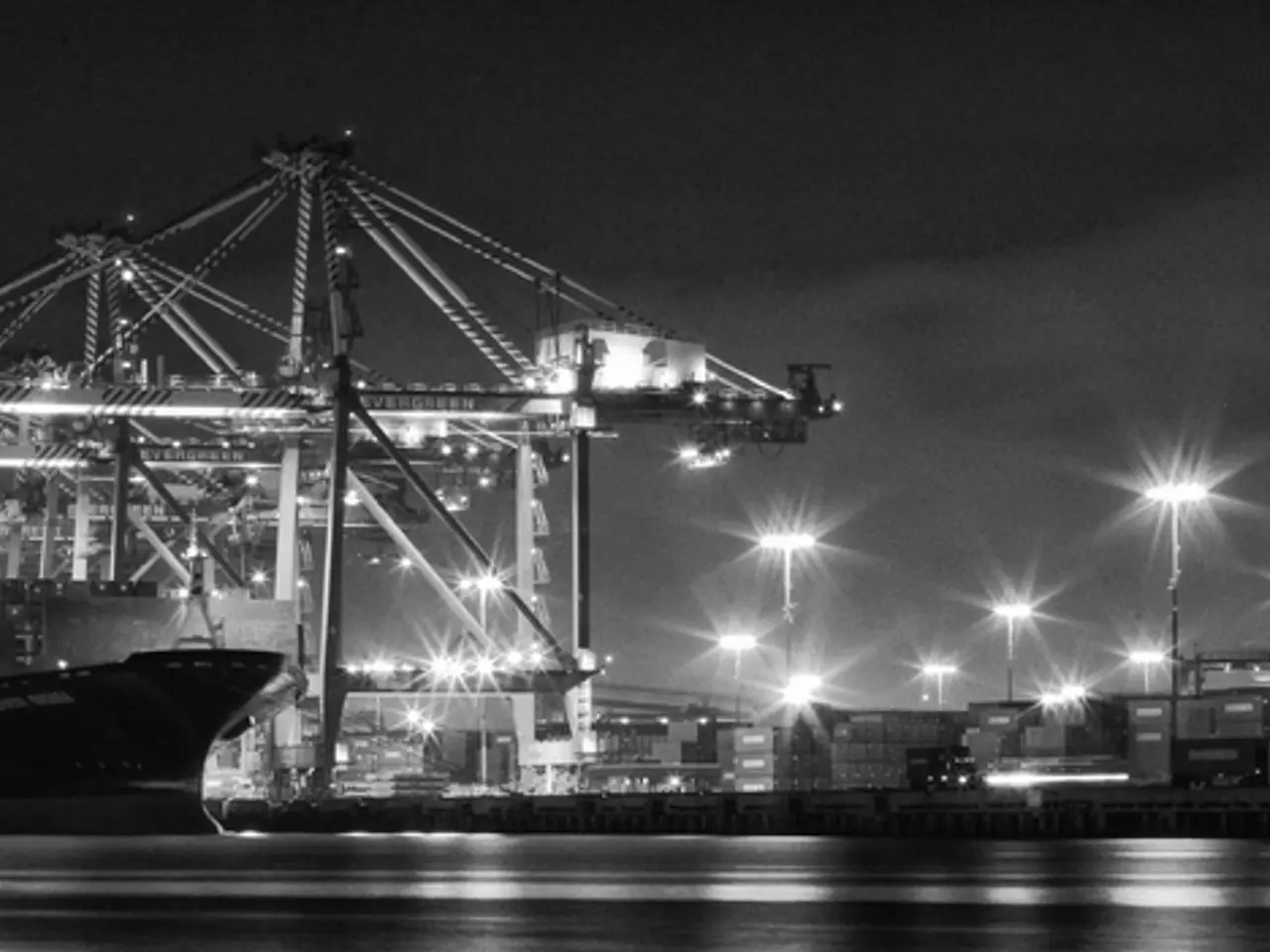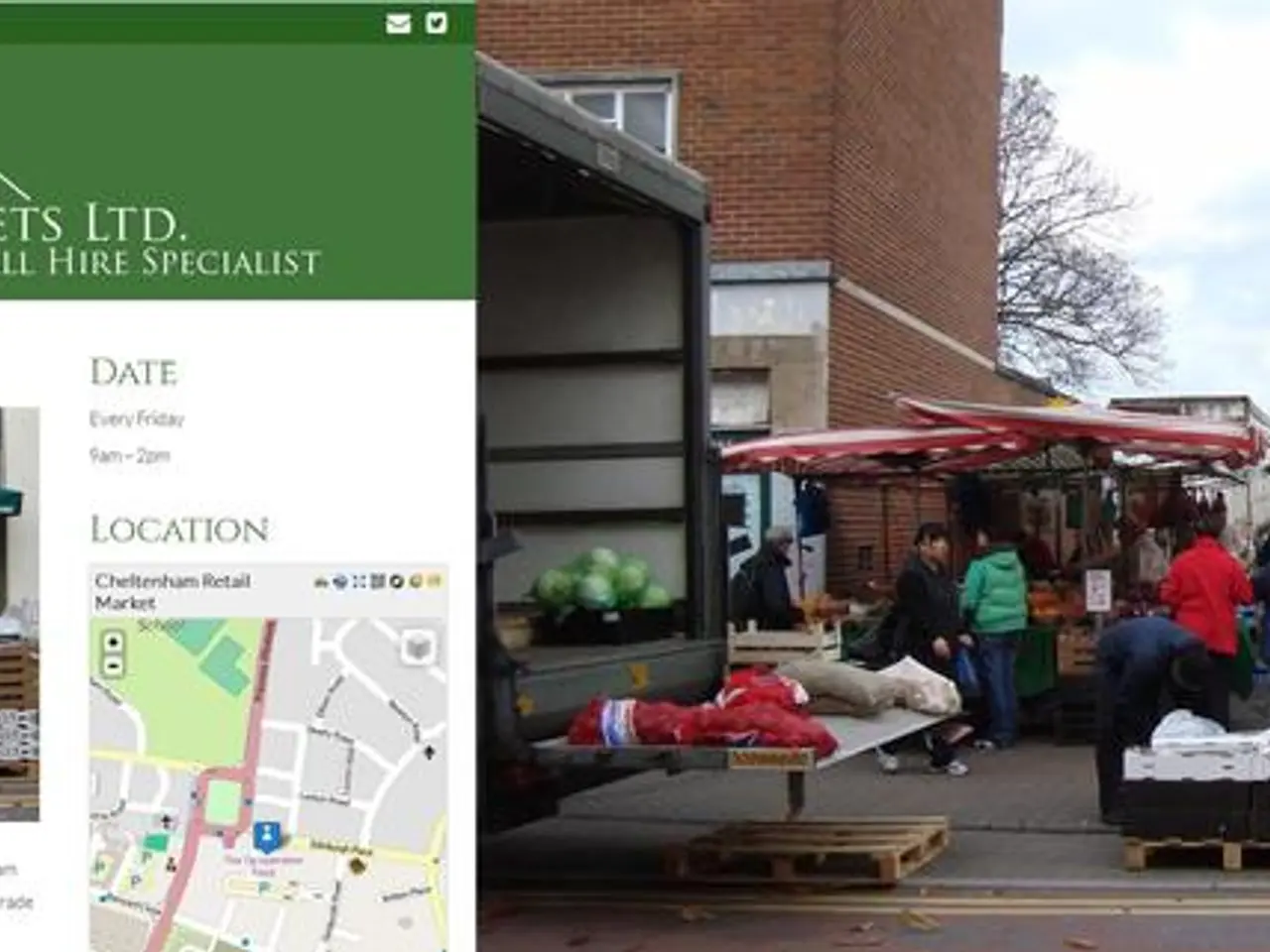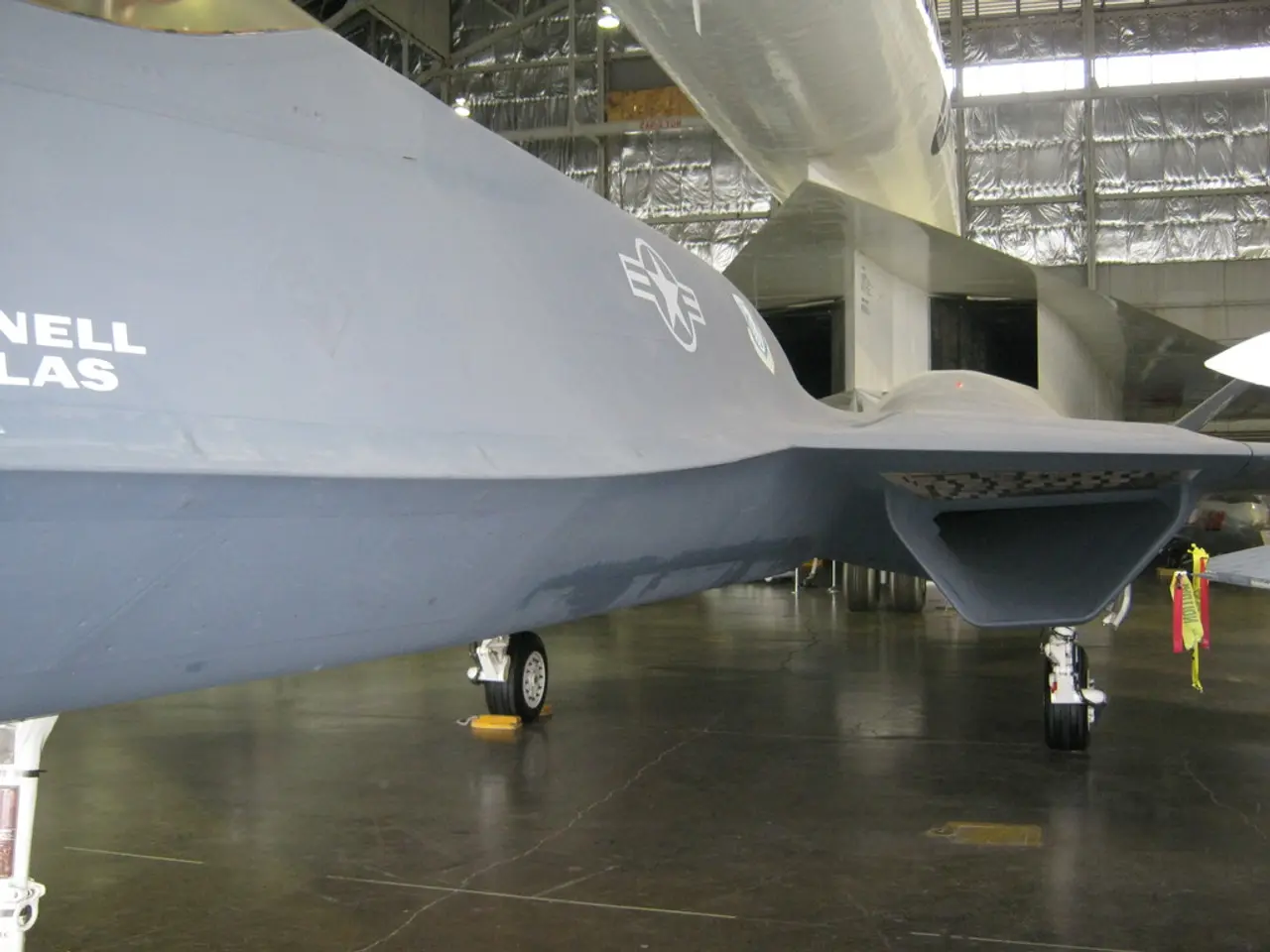Surveillance Operation with Drones: Boosting Safety and Productivity
**Revolutionizing Security and Efficiency: The Rise of UAV Patrol Missions**
Unmanned Aerial Vehicle (UAV) patrol missions are transforming the way we approach security and efficiency in various sectors. These advanced aerial systems are playing a significant role in border security, surveillance, and law enforcement, as well as in industrial inspections and environmental conservation.
In border and security surveillance, UAVs are deployed to continuously monitor large territories, adapting to environmental conditions such as fog or wind. Swarms of UAVs cooperate to provide persistent surveillance, as demonstrated in trials along the EU and U.S. southern borders for 24/7 security.
UAVs are also integral to multi-agent security operations, coordinating with ground vehicles, stationary sensors, and human operators to conduct complex security missions. These missions involve wide-area scanning, close inspection, signal relay, and acting as decoys.
Infrastructure and airspace protection are also key applications of UAV patrols. UAVs patrol sensitive sites such as airports, power plants, and ports to prevent sabotage and detect rogue drones. They use radar and RF triangulation for high-frequency perimeter scans and can autonomously intercept or disable unauthorized aerial vehicles using kinetic or non-lethal means.
Beyond military use, UAV patrols are increasingly integrated into commercial applications, enabling beyond visual line of sight (BVLOS) operations. This includes medical cargo transport and emergency response, aided by AI tools that streamline regulatory processes.
UAV patrol missions offer numerous benefits, including improved situational awareness, cost-effectiveness, and resource efficiency. They enable rapid response and real-time monitoring, and offer high precision and accuracy. Moreover, they reduce risk to human lives, making them an invaluable tool in public safety.
Looking to the future, UAV patrol missions are expected to become even more sophisticated. Upcoming regulatory frameworks authorize routine BVLOS drone flights and support the development of advanced autonomous capabilities, enabling UAV patrols to operate continuously and cover larger areas with minimal human intervention.
Future UAVs will leverage advanced AI to fully autonomously adapt to dynamic environments, coordinate in swarms with decentralized decision-making, and perform complex multi-domain missions that combine aerial, ground, and sensor assets seamlessly.
The development of autonomous interception and defense mechanisms within UAV systems will become more sophisticated, enabling real-time responses to unauthorized incursions and cybersecurity threats. The anti-drone market is rapidly expanding due to security concerns at airports and public venues.
Beyond defense and security, UAV patrol missions will expand into precision agriculture, construction, mining, disaster response, and environmental monitoring, driven by the ability of UAVs to autonomously cover large and complex terrains efficiently.
The UAV industry is forecasted to grow significantly, with markets for autonomous drones and counter-drone technologies projected to reach substantial valuations by 2030, supported by innovation in AI, navigation technologies, and integration into national airspace systems.
The following table provides a summary of current and future UAV patrol applications:
| Aspect | Current Applications | Future Perspectives | |-------------------------------|--------------------------------------------------------|---------------------------------------------------------| | **Security & Border Patrol** | Autonomous, swarm-based border surveillance | Continuous BVLOS, AI-driven multi-agent coordination | | **Infrastructure Protection** | Perimeter scans, rogue drone interception | Enhanced autonomous defense, kinetic/non-lethal countermeasures | | **Military/Tactical Use** | ISR, target acquisition, autonomous decision-making | AI-integrated collaborative missions, dynamic combat operations | | **Commercial Use & Public Safety** | Medical cargo, emergency response trials | eVTOL drones, expanded BVLOS for commercial sectors | | **Anti-Drone Systems** | Detection and neutralization via sensors and jamming | Integration with UAV patrols, advanced cybersecurity defenses | | **Cross-Industry Expansion** | Emerging use in agriculture, mining, environmental monitoring | Large-scale autonomous operations in diverse industries |
These evolving capabilities reflect a trajectory toward fully autonomous, AI-driven UAV patrol missions across a broad spectrum of industries, enabled by supportive regulatory changes and technological advances.
Technology plays a pivotal role in the advancement of UAV patrol missions, as they become more autonomous and AI-driven, aiding in border and infrastructure security, surveillance, law enforcement, and various commercial applications.
UAV patrols also integrate smart technology to cope with dynamic environments, coordinate with other assets, and combat rogue drones, demonstrating the increasing importance of technology in ensuring security and efficiency.




